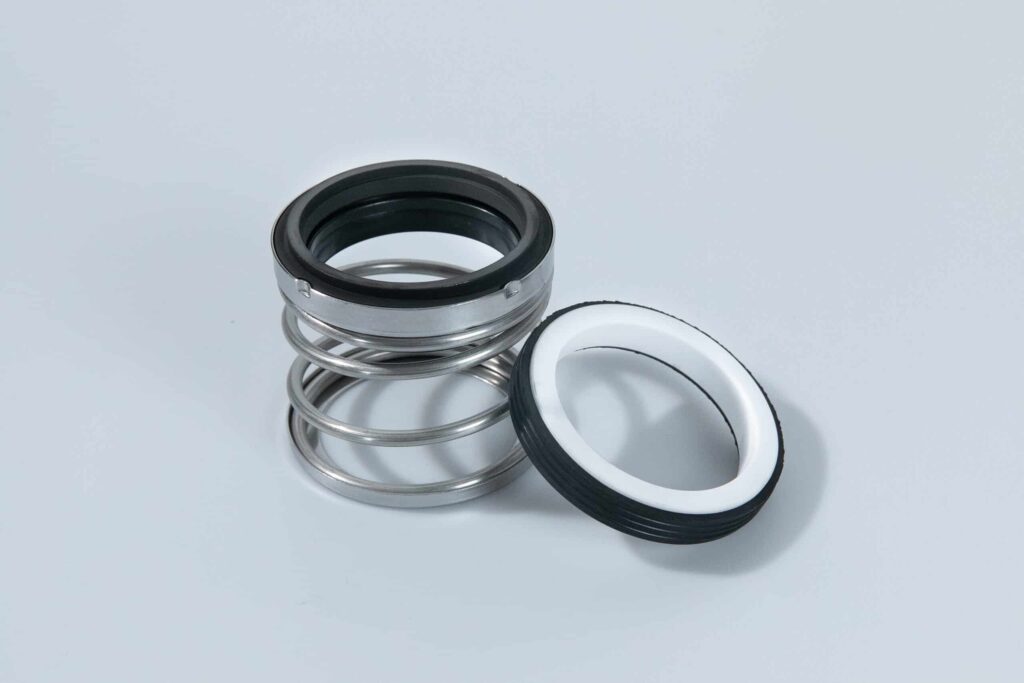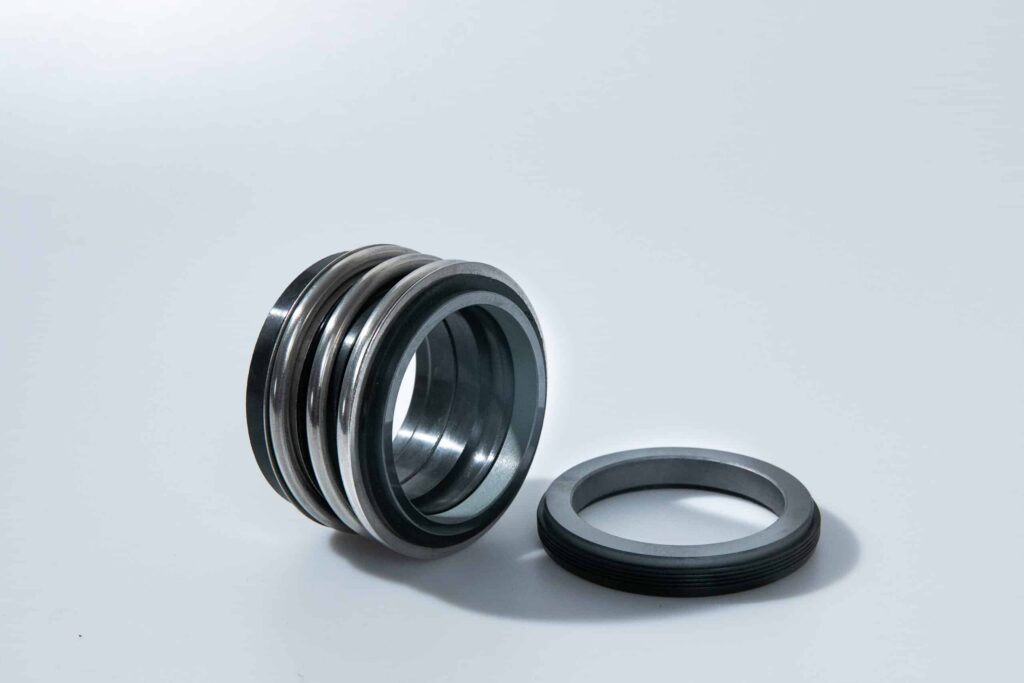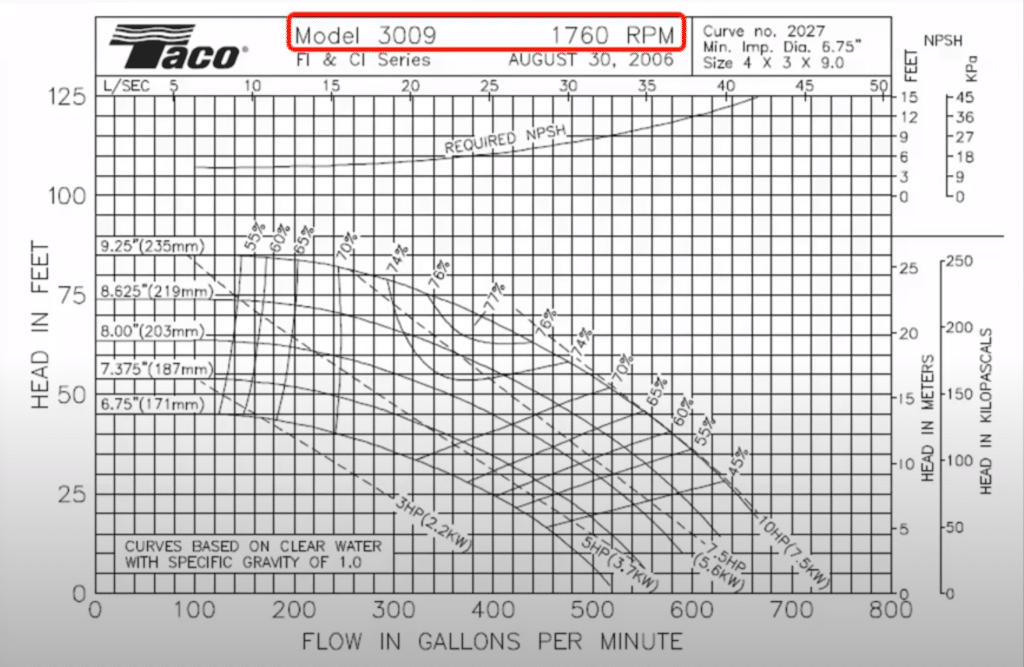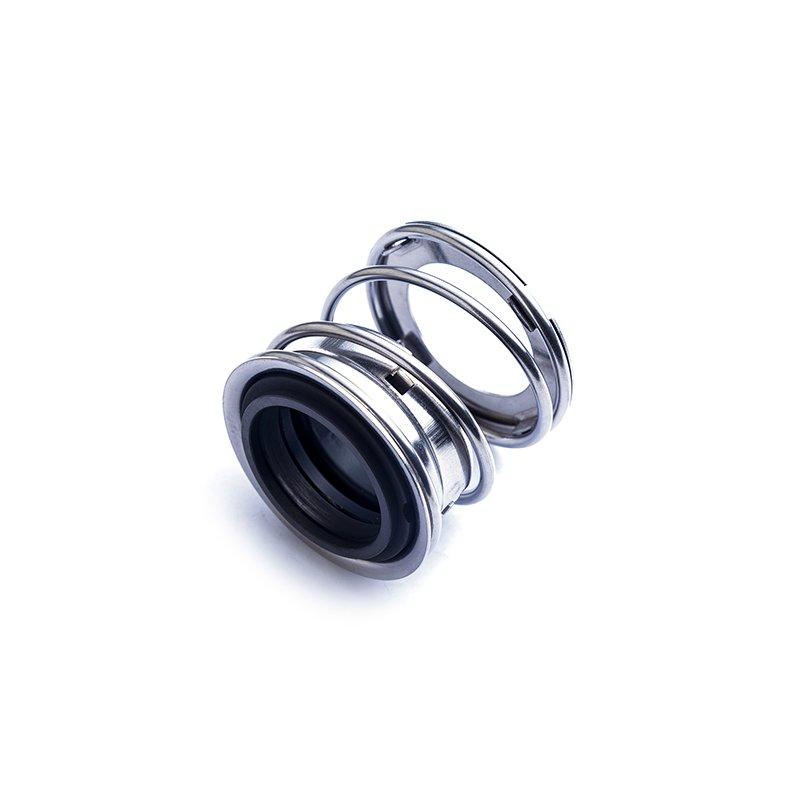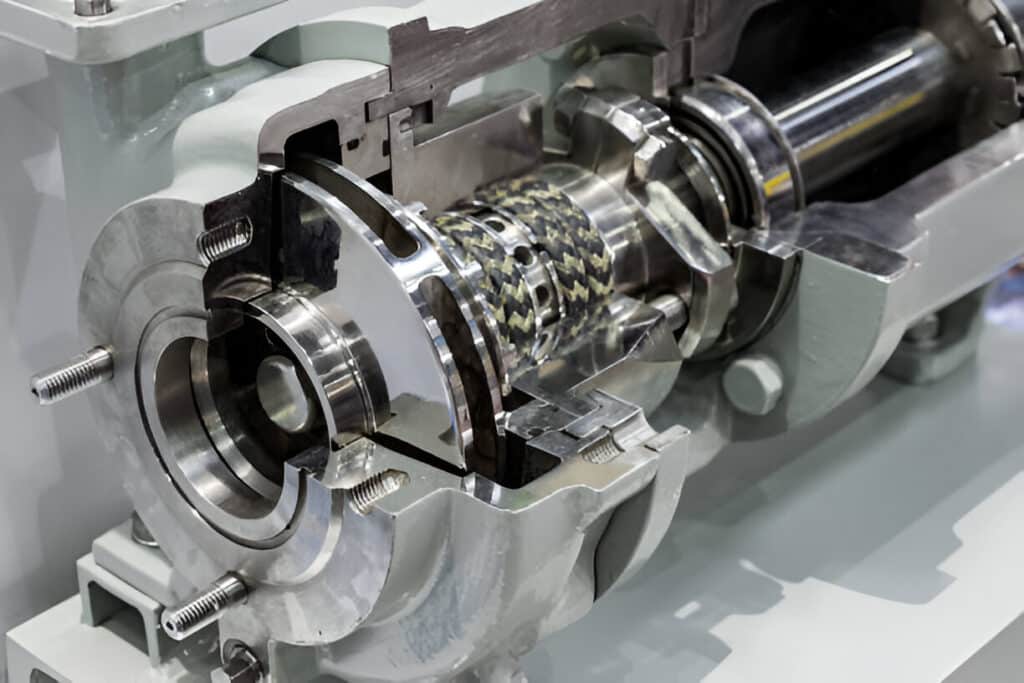Pulsating pressure poses a significant challenge in pumping systems across various industries. Left unchecked, it can lead to a host of issues, from increased noise levels and reduced efficiency to premature component wear and potential system failure.
This comprehensive guide dives deep into the causes, effects, and solutions surrounding pulsating pressure. We’ll explore factors ranging from pump design and valve dynamics to fluid properties and piping configurations, providing valuable insights for professionals looking to optimize their pumping systems.
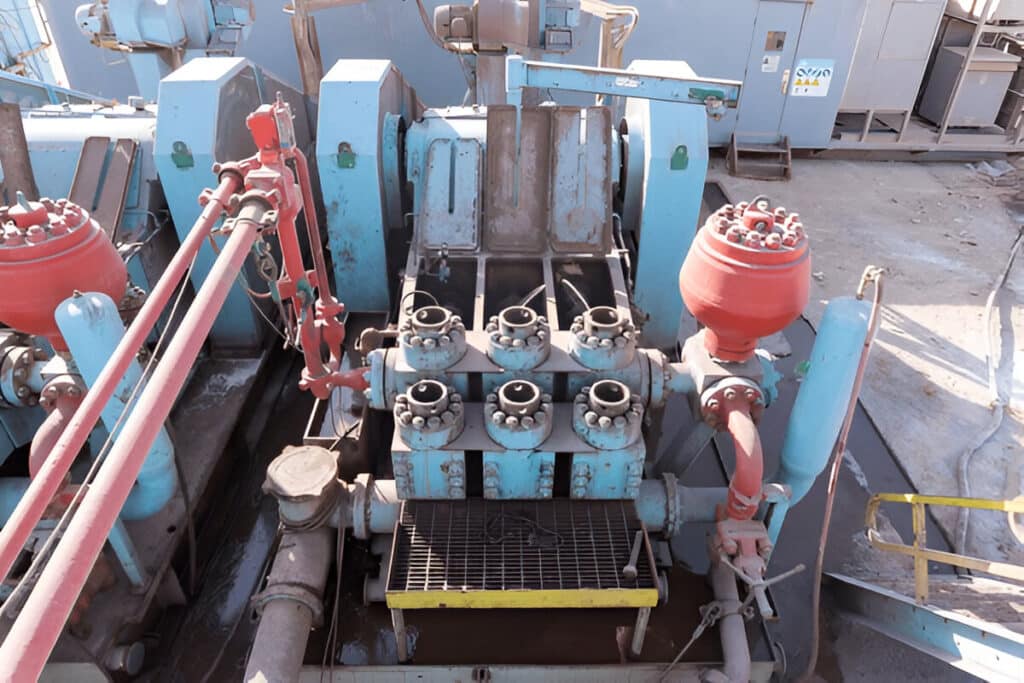
What is Pressure Pulsation
Pressure pulsation refers to the cyclical fluctuation of pressure in a fluid system, typically caused by the operation of pumps, valves, or other system components. In pumping systems, pressure pulsation is a common phenomenon that can have significant impacts on system performance, component longevity, and overall efficiency.
At its core, pressure pulsation is a type of fluid dynamics instability characterized by regular, oscillating changes in fluid pressure. These oscillations can range from small, barely noticeable fluctuations to large, disruptive surges that can damage equipment and disrupt system operation.
Causes of Pressure Pulsation
Pump Design and Operation
The design and operating principles of different pump types significantly influence pressure pulsation characteristics.
- Reciprocating Pumps: The cyclic nature of reciprocating pumps, which use pistons or plungers to displace fluid, inherently generates pulsating flow. As the piston moves back and forth, it creates alternating suction and discharge cycles, leading to pressure fluctuations.
- Centrifugal Pumps: While centrifugal pumps generally produce a more steady flow compared to reciprocating pumps, they can still contribute to pressure pulsation. Impeller design, especially the number of vanes and their geometry, affects the uniformity of fluid discharge. Imperfections in impeller manufacturing or improper installation can exacerbate pulsation.
Valve Dynamics
The operation of valves in pumping systems also plays a role in pressure pulsation. Rapid valve opening and closing, particularly in reciprocating pumps, can cause sudden changes in fluid flow and pressure. Valve response time, seal effectiveness, and flow passage geometry all influence the extent of pulsation generated.
System Resonance
Resonance occurs when the frequency of pressure pulsations matches the natural frequency of the piping system or its components. This synchronization amplifies the pulsation amplitude, potentially leading to excessive vibration, noise, and structural damage. Factors such as pipe length, diameter, wall thickness, and material properties determine the system’s resonant frequencies.
Fluid Properties
The physical properties of the pumped fluid can impact pressure pulsation. Viscosity, in particular, affects the fluid’s resistance to flow and its ability to dampen pulsations. High-viscosity fluids tend to have a more pronounced pulsating behavior compared to low-viscosity fluids. Fluid compressibility and the presence of entrained gases also influence pulsation characteristics.
Fluid Velocity
The velocity of the fluid within the piping system contributes to pressure pulsation. High flow velocities can intensify turbulence and flow instabilities, leading to increased pulsation. Sudden changes in fluid velocity, such as those caused by abrupt pipe size transitions or flow obstructions, can also generate pressure spikes and pulsations.
Water Hammer Effect
Water hammer is a specific phenomenon that occurs when a sudden change in fluid velocity, often due to rapid valve closure, creates a pressure surge. The abrupt deceleration of the fluid generates a shock wave that propagates through the piping system, causing significant pressure pulsations and potential damage to components.
Piping Configuration
The layout and design of the piping system can greatly influence pressure pulsation. Factors such as pipe routing, bends, and fittings affect flow dynamics and can introduce localized turbulence and pressure disturbances. Long, straight pipe runs may allow pulsations to propagate further, while proper supports and anchoring help mitigate vibration and minimize pulsation transmission.
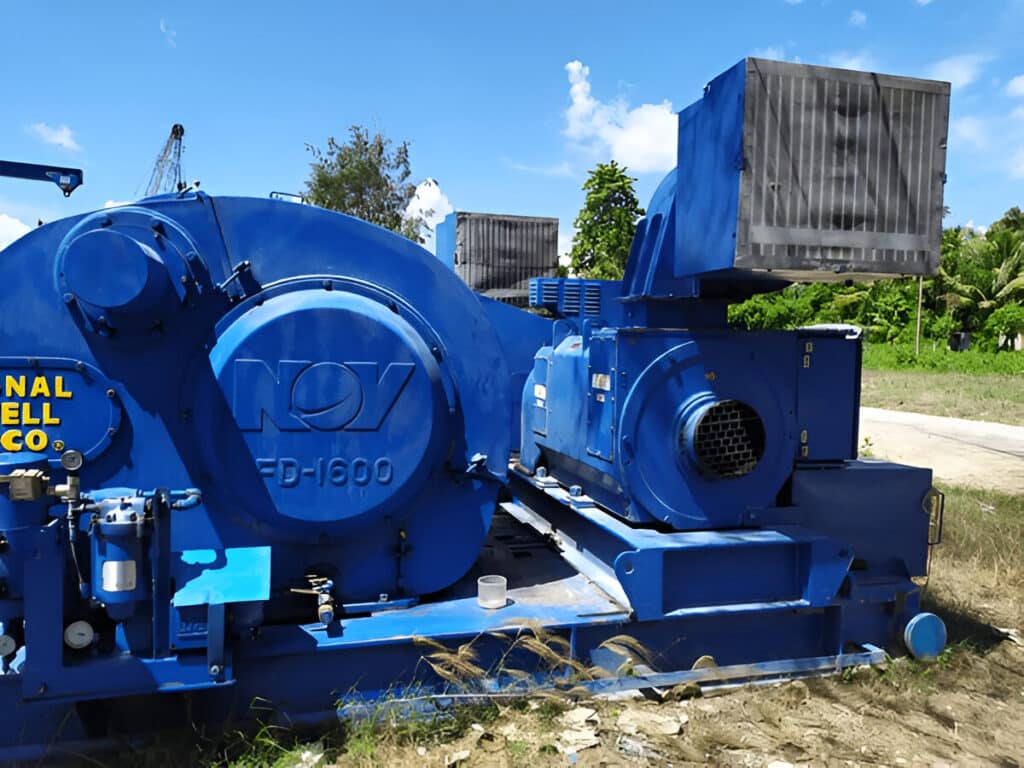
Effects of Pressure Pulsation
Noise
One of the most noticeable effects of pressure pulsation is increased noise levels. As the fluid pressure fluctuates, it can cause vibrations in the piping system, leading to audible noise. This noise can be disruptive to nearby personnel and may indicate underlying issues within the pumping system.
Cavitation
Pressure pulsation can create localized areas of low pressure within the pumping system. If the pressure drops below the vapor pressure of the fluid, it can cause the formation of vapor bubbles, a phenomenon known as cavitation. When these vapor bubbles collapse, they generate high-pressure shock waves that can erode and damage pump components, valves, and piping. Cavitation can also lead to reduced pump efficiency and increased maintenance requirements.
Erosion
In addition to cavitation, pressure pulsation can cause erosion of pump components and piping. The rapid changes in fluid velocity and direction associated with pulsation can lead to increased turbulence and wear on surfaces. Over time, this erosion can thin pipe walls, damage valve seats, and degrade impellers, reducing the overall lifespan of the pumping system.
Reduced Efficiency
The fluctuations in pressure and flow can cause the pump to operate outside its optimal range, leading to reduced volumetric efficiency and increased power consumption. This not only results in higher energy costs but also places additional strain on the pump, potentially shortening its service life.
Component Wear
The vibrations and cyclic stresses induced by pressure pulsation can accelerate the wear and fatigue of various pumping system components. Seals, bearings, and couplings are particularly susceptible to damage from the constant flexing and movement caused by pulsation. This increased wear can lead to more frequent maintenance interventions and premature component failure.
Flow Instability
Pressure pulsation can introduce instability in the fluid flow within the pumping system. This instability can manifest as inconsistent flow rates, uneven distribution in branched piping systems, and difficulties in maintaining precise control over the process.
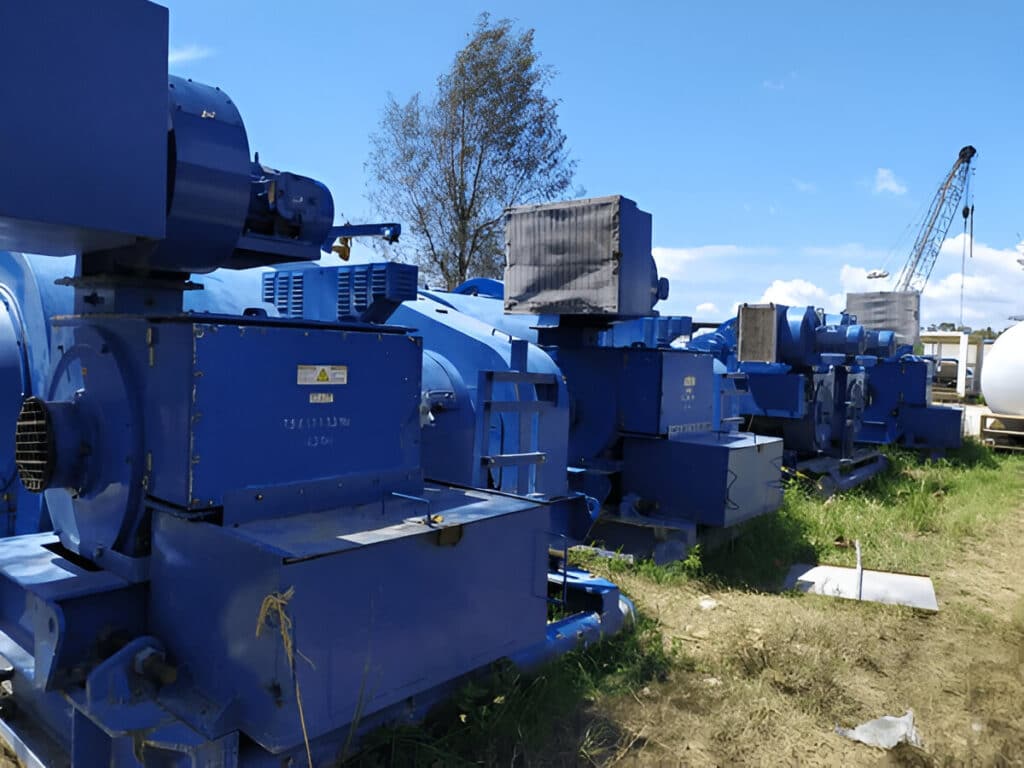
Solutions for Pressure Pulsation
Pulsation Dampeners
Pulsation dampeners are devices designed to absorb and attenuate pressure pulsations within a pumping system. They typically consist of a gas-charged bladder or diaphragm that expands and contracts in response to pressure fluctuations. By absorbing the energy of the pulsations, dampeners can help smooth out the pressure profile and reduce the impact on downstream components.
System Design Modifications
Several design modifications can be implemented to mitigate pressure pulsation issues:
- Pump Selection: Choosing the right type and size of pump for the specific application can help minimize pulsations. Consideration should be given to factors such as flow rate, pressure requirements, and the nature of the fluid being pumped.
- Piping Layout: Optimizing the piping layout can help reduce turbulence and pressure drops. This may involve minimizing sharp bends, ensuring proper pipe sizing, and using gradual transitions between different pipe diameters.
- Surge Suppressors: Surge suppressors, also known as surge tanks or accumulators, can be installed to absorb sudden pressure spikes and reduce the impact of water hammer effects.
- Use of Split-Vane Impellers: Split-vane impellers, which feature alternating short and long vanes, can help reduce pressure pulsations in centrifugal pumps by disrupting the formation of coherent pressure waves.
Mechanical Solutions
- Variable Speed Drives (VSDs): VSDs can be used to control the speed of the pump motor, allowing for smoother startups and shutdowns. By gradually ramping up or down the pump speed, VSDs can help minimize sudden changes in pressure and reduce pulsations.
- Pressure Relief Valves: Installing pressure relief valves at strategic locations within the system can help protect against excessive pressure buildup. These valves open when the pressure exceeds a set threshold, allowing the fluid to be diverted and relieving the pressure.
Fluid Dynamics Considerations
- Viscosity Adjustments: In some cases, adjusting the viscosity of the fluid being pumped can help dampen pressure pulsations. Higher-viscosity fluids tend to have a more stable flow and are less prone to turbulence and pulsations.
- Fluid Additives: Adding certain additives to the fluid, such as polymers or anti-foaming agents, can help modify its properties and reduce the likelihood of pulsations. However, the compatibility and suitability of any additives should be carefully evaluated for the specific application.
